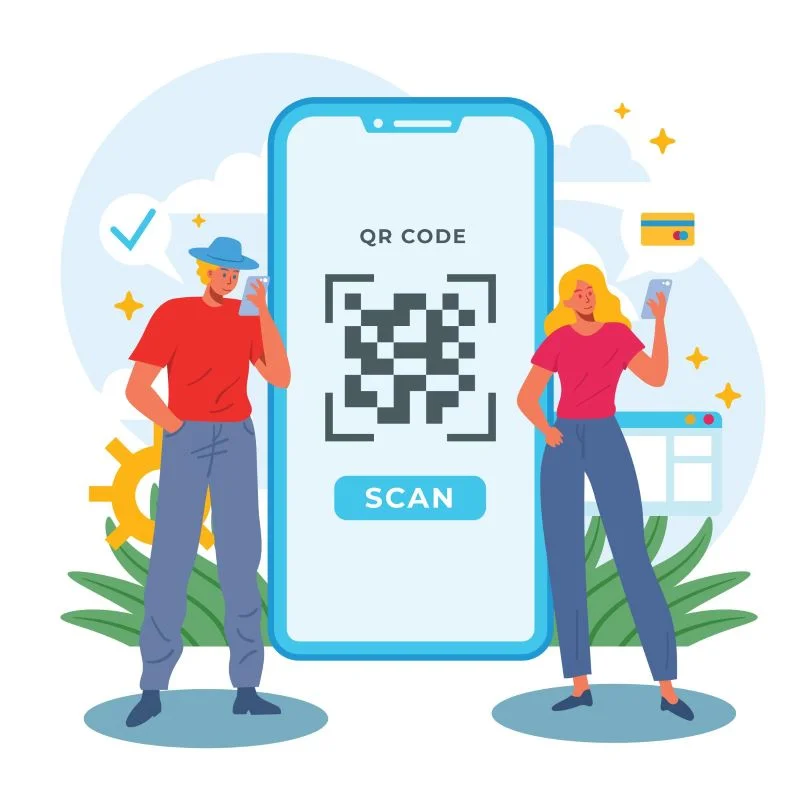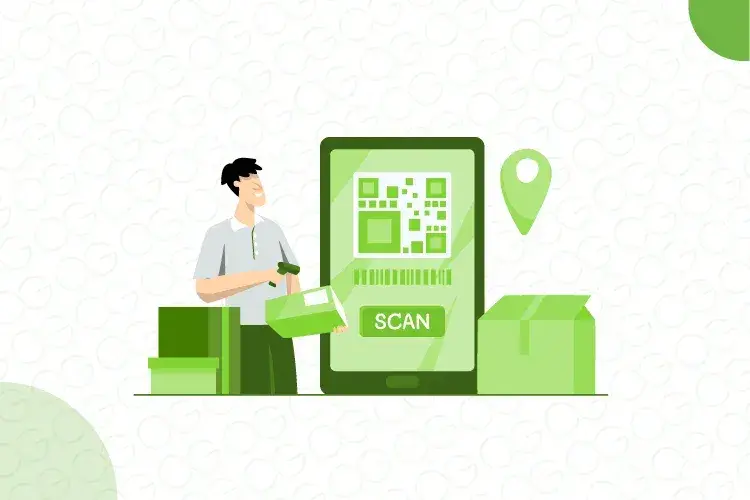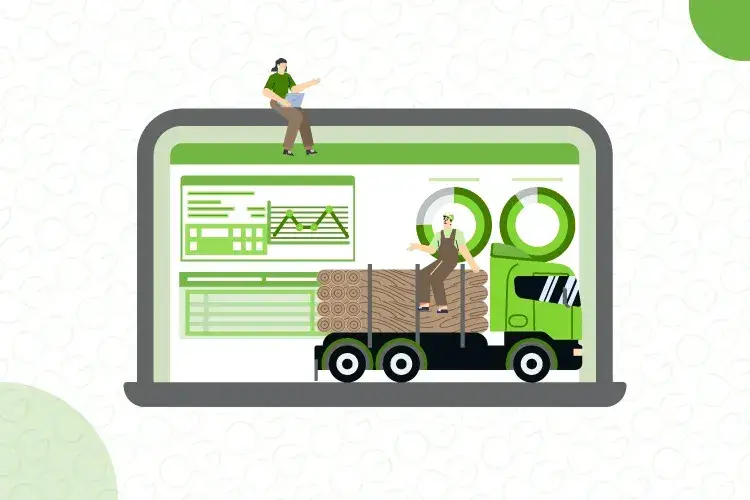The Evolution of Barcodes: From Concept to Billion-Dollar Industry
Invention is not Innovation - the history of barcodes embodies the essence of this statement. The necessity for inventory tracking technology, especially in the grocery retail sector, spurred the invention of barcodes. Yet, it's the innovation surrounding this simple idea of data collection techniques that paved the way for a billion-dollar industry.
The concept of barcodes traces back to 1948 when Norman Joe Woodland and Bernie Silver from Drexel Institute in Philadelphia conceived the first prototype for a linear barcode. Utilising a combination of Morse code - a series of dots and dashes used in telegraph and radio communications - represented by extending lines, they created the first linear barcode. Drawing inspiration from movie soundtrack technologies to decipher the barcode, they laid the groundwork for a revolutionary system.
To ensure readability from both directions, Woodland transformed the lines into circles, thus birthing the "Bull-eye" code. In 1952, they were granted a patent for this innovative concept. However, challenges arose; if the ink smudged during printing, the code became illegible. Moreover, the primary challenge remained unresolved - efficiently and accurately capturing data at the checkout counters of grocery retail stores.

The turning point came in 1973 with the introduction of the Universal Product Code (UPC). This code, divided into halves of six digits each, provided detailed product information and was designed for scanning in either direction. IBM engineer George Laurer played a pivotal role in its development, providing crucial input on the project initiated by the original inventor, Joe Woodland. Woodland, who joined IBM in 1951 and retired from the company, was later awarded the 1992 National Medal of Technology by President George Bush for his groundbreaking work. In 1974, a 10-pack of Wrigley's chewing gum made history as the first product scanned in a grocery store using the modern UPC code.

Unlock Efficiency with Barcodes: Streamline Your Inventory Management Today!
The 1970s witnessed significant advancements in barcode scanning systems. Continuous reduction in prices and miniaturisation of microprocessors and lasers made barcode scanning systems more affordable and practical. From linear barcodes like UPC and UAN to matrix barcodes like QR codes, technological innovations expanded the utility of barcodes. Today, barcodes enable retailers to access detailed product information in real-time, facilitating inventory management across multiple locations using iPad POS systems.
In the contemporary landscape, the creation of barcodes has been democratised. Retail software allows businesses to generate their barcodes, empowering them with efficient inventory management tools. Ginesys, a leader in retail ERP solutions, contributes to this efficiency, particularly for large retail chains.
From its humble origins as a simple tracking tool to becoming an indispensable component of modern retail, the barcode's evolution exemplifies the transformative power of innovation. As technology continues to evolve, the barcode remains a testament to the enduring impact of visionary ideas.
The Advent of Matrix Barcodes:
Following the success of linear barcodes like the UPC, the advent of matrix barcodes marked another significant milestone in the evolution of barcode technology. Matrix barcodes, such as QR codes, revolutionised the way information could be stored and retrieved.
QR codes, invented by Masahiro Hara and his team at Denso Wave in 1994, introduced a two-dimensional approach to barcoding. Unlike linear barcodes, which can only store data horizontally, QR codes can store data both vertically and horizontally, significantly increasing their storage capacity. This versatility opened up a wide range of applications beyond traditional retail, including marketing, ticketing, and inventory management.

The Rise of QR Codes and Beyond:
In recent years, QR codes have experienced a resurgence in popularity, driven by advancements in smartphone technology and the growing trend towards contactless transactions. With the widespread adoption of smartphones equipped with high-resolution cameras and QR code scanning capabilities,
QR codes have become ubiquitous in everyday life.
Retailers have leveraged QR codes to enhance the shopping experience for customers. QR codes can be used to provide product information, access discounts and promotions, and facilitate contactless payments. In the wake of the COVID-19 pandemic, QR codes have played a crucial role in enabling touchless interactions and reducing the risk of virus transmission in retail environments.
Barcode Technology in the Digital Age:
As we enter the digital age, barcode technology continues to evolve to meet the demands of an increasingly interconnected world. The Internet of Things (IoT) has introduced new opportunities for barcode technology to integrate with other smart devices and systems, enabling real-time tracking and monitoring of goods throughout the supply chain.
Cloud-based inventory management systems have also transformed the way businesses manage their inventory. By storing inventory data in the cloud, businesses can access real-time information from any location, enabling more efficient decision-making and resource allocation.

Harness the Potential of Barcodes with Ginesys Inventory Management Software.
Conclusion:
The evolution of barcodes is a testament to the power of innovation to transform the way we do business. From its humble beginnings as a simple tracking tool to its widespread adoption in retail and beyond, the barcode has revolutionised the way we track and manage inventory.
As we look to the future, barcode technology will continue to evolve, driven by advancements in technology and changes in consumer behaviour. Whether it's the rise of matrix barcodes like QR codes or the integration of barcode technology with IoT devices, one thing is clear: the barcode will remain an essential tool for businesses seeking to streamline their operations and deliver a seamless customer experience.
In the ever-changing landscape of retail and manufacturing, businesses that embrace barcode technology and stay ahead of the curve will be well-positioned to succeed in the digital age. With Ginesys Inventory Management leading the way, businesses can harness the power of barcode technology to drive growth, improve efficiency, and deliver value to customers.




